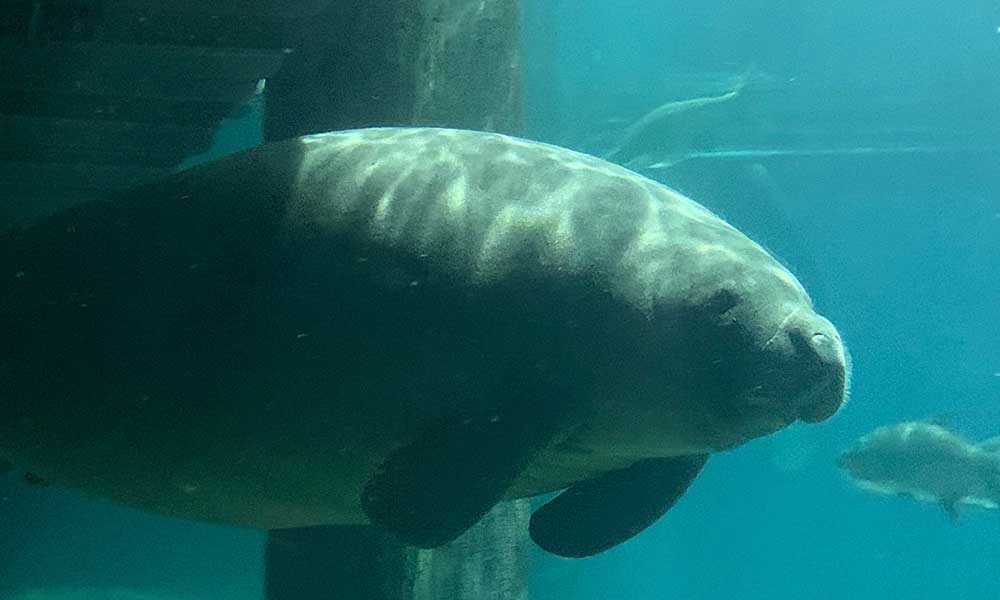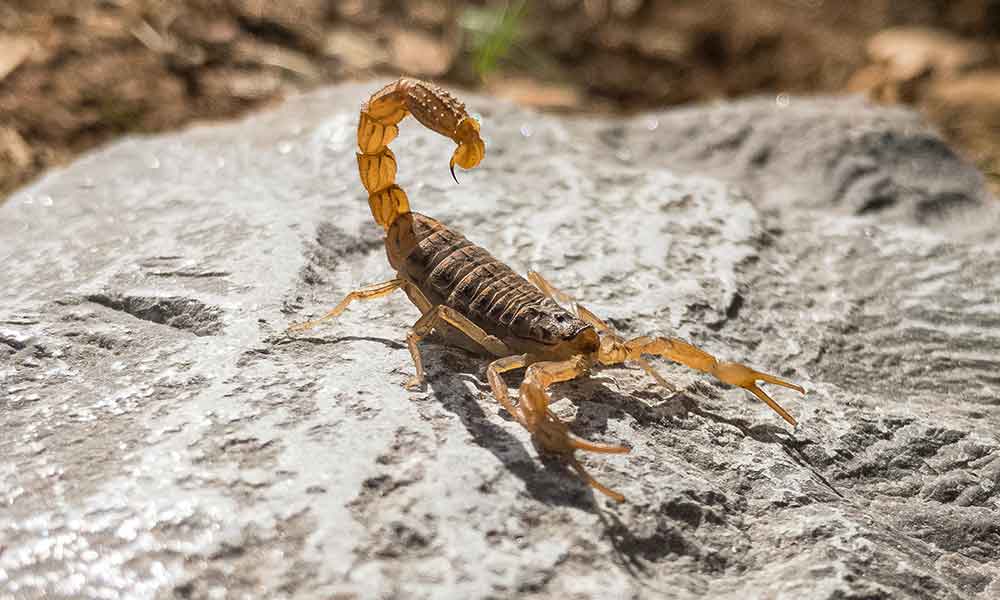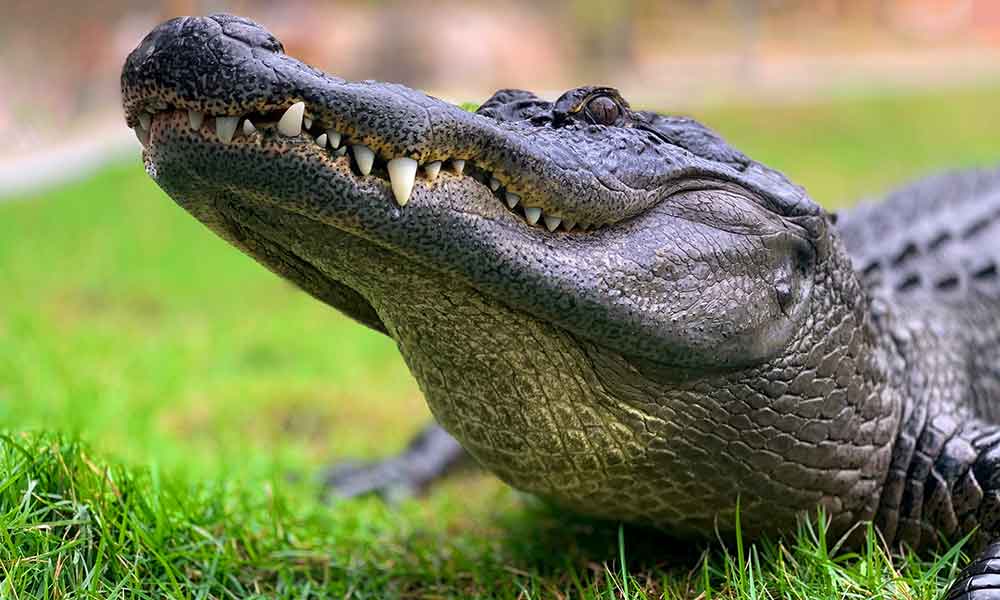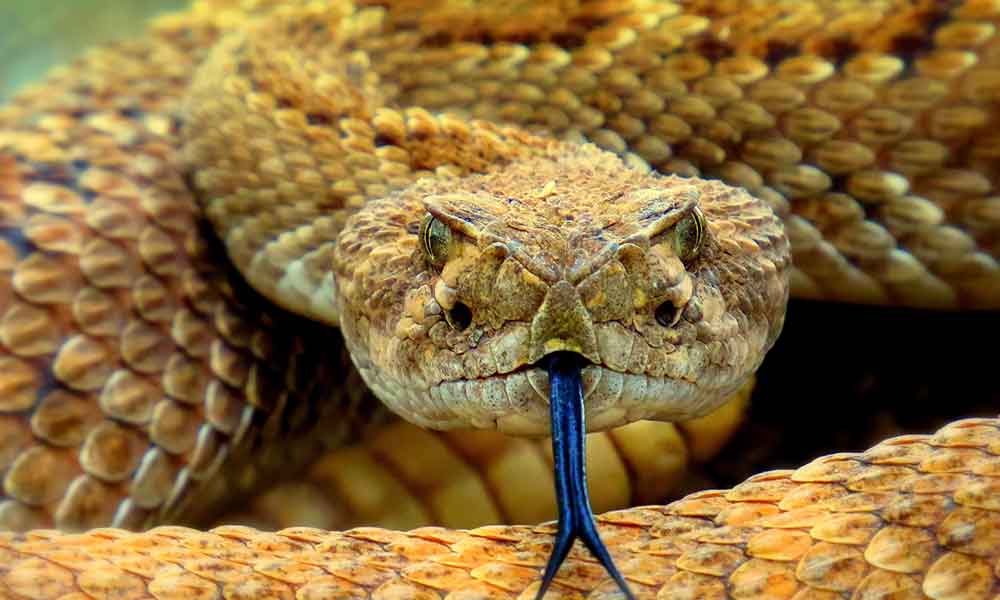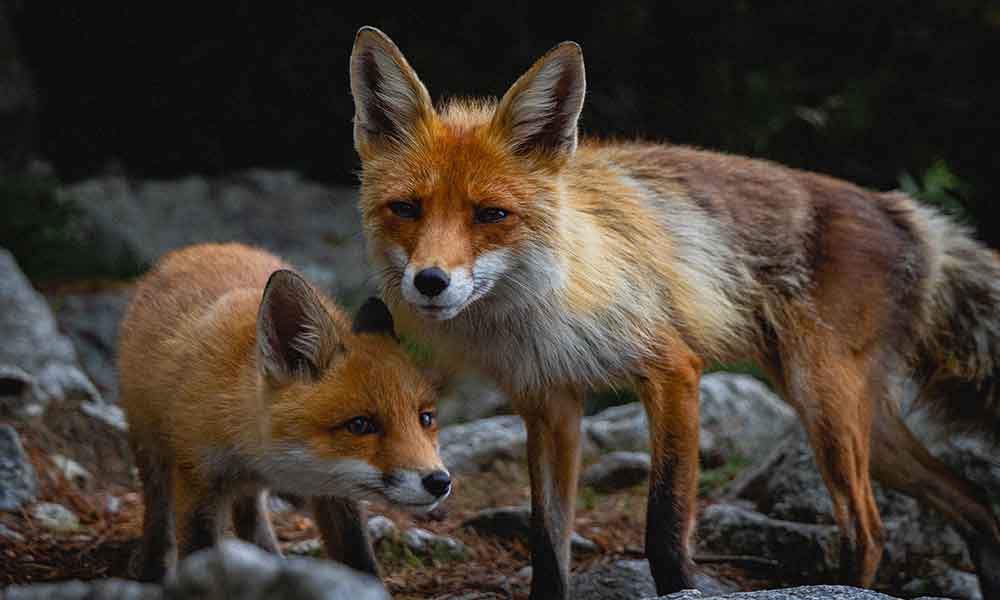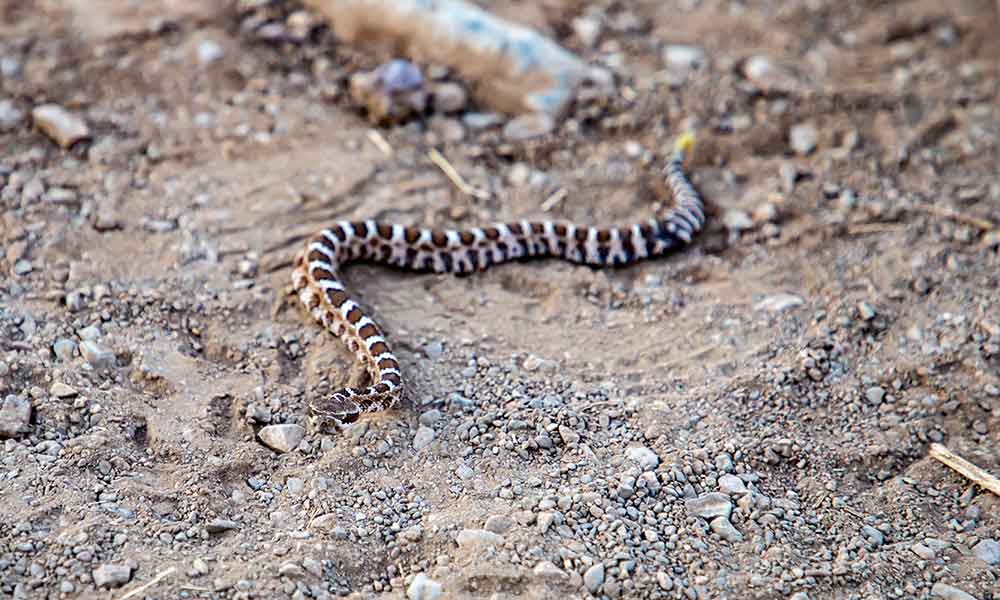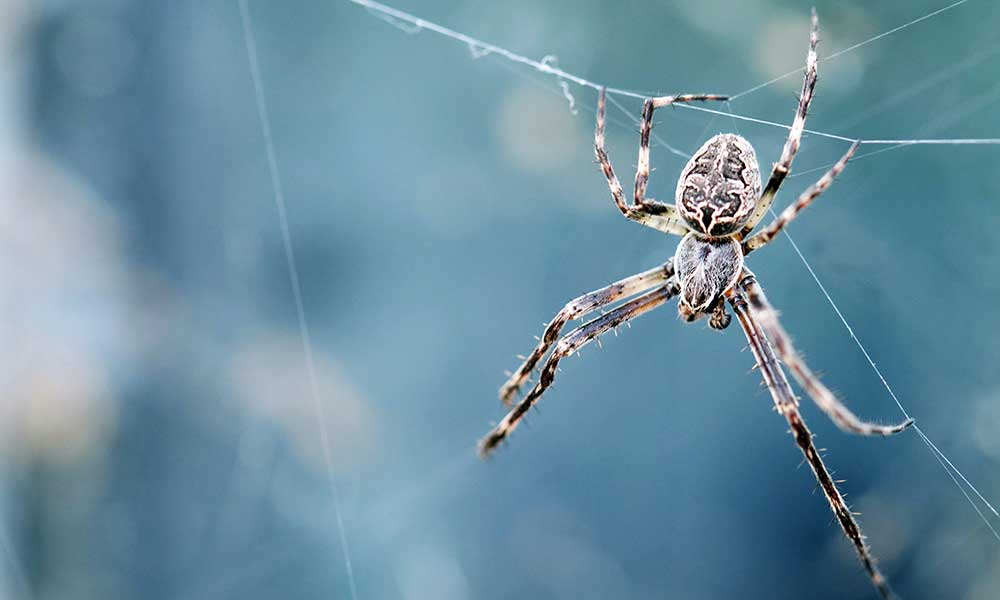The world’s oceans are home to many creatures, including the manatee. These mammals are commonly found in Western Africa, the North American east coast, and Amazon River.
Baby manatees are referred to as calves. A single baby manatee would be referred to a calf.
This curious sea creates are outgoing and playful. Manatees are easily amused, and when excited, they love to put on a show by performing barrel rolls.
These sea creatures have an unmistakable appearance, such as a paddle-like tail and stout body. Here are more interesting facts about manatees.
What is a Manatee?
A manatee, also called a sea cow, is a gentle giant that is part of the aquatic ecosystem.
They have a life span of 40 to 60 years, and they measure 8 to 13 feet in length.
These aquatic mammals also have whiskered faces and well-developed eyes.
How Much Does a Manatee Weigh?
Manatees can weigh as much as 1,300 pounds as an adult.
At birth, manatees can weigh up to 70 pounds.
Where Do Manatees Live?
Manatees are mostly found in Western Africa, the Amazon River, and the North American east coast.
These gentle giants prefer a habitat in a river or coastal areas that are shallow and marshy.
What is a Baby Manatee Called?
A baby manatee is called a calf.
When baby manatees are in a group, they are referred to as calves.
How Long Can a Manatee Hold Its Breath?
Manatees are amazing creatures.
These sea cows can hold their breath for a maximum of 20 minutes, but they take regular breaths every few minutes.
These large sea creatures often move underwater and resurface in different locations.
Is it Illegal to Touch a Manatee?
Manatees are endangered species.
The Endangered Species Act prohibits humans from touching these gentle sea giants unless the manatee touches a human first.
Touching a manatee with two hands is illegal. Other things that are prohibited are chasing, harassing, or riding manatees.
When is Manatee Season?
In Florida, manatee season is in the summer in July.
Many manatees can be seen on Florida beaches, on coastal areas, and barrier islands.
Although manatees can be seen in Florida year-round, you’re more likely to get a peek at these creatures during the summer because it’s mating season.
What is a Manatee Classified As?
Manatees are not dolphins, whales, or porpoises.
Whales, dolphins, and porpoises are part of the taxonomic Order Cetacea, while manatees are part of a smaller class of sea creatures known as Order Sirenia.
Order Sirenia includes four living species of manatee, such as the Dugong, West Indian Manatee, Amazonian manatee, and African Manatee.
Is a Manatee a Herbivore?
Manatees are herbivores that enjoy consuming seagrasses.
These large sea mammals also feast on shoreline vegetation.
The manatees in Florida feed on over 60 species of plants, such as shoal, manatee, and turtle grass, acorns, various algae, and mangrove leaves.
Manatee FAQs
How Much Do You Know about These Large Sea Mammals?
Here’s more insight into manatees, their behaviors, and other interesting facts.
Q. Why is it Illegal to Touch a Manatee?
Humans are forbidden to touch manatees because a human’s touch can trigger adverse effects on a manatee’s behavior.
Manatees are highly sensitive marine animals, and the slightest touch from a human can cause extreme consequences for a manatee.
For example, if a manatee becomes threatened by a human’s actions, they may avoid traveling to warmer, safer water, potentially exposing themselves to cold water, causing cold-stress syndrome in these mammals.
Q. Do Sharks Eat Manatees?
While sharks are not picky about their meals, manatees are at the bottom of a shark’s meal menu.
Sharks can eat manatees, but they don’t actively hunt such large animals.
A diet for a two-meter shark consists of small fish that do not exceed one foot in length.
Q. What is the Average Lifespan of a Manatee?
The average lifespan of a manatee is between 40 and 60 years if they remain in their natural habitat.
A manatee’s mortality rate is a result of natural causes, such as pneumonia, cold stress, gastrointestinal disease, and other diseases.
Q. Are Manatees Protected Species?
Yes, manatees are a protected species. These large sea creatures are protected under the Endangered Species Act and the Marine Mammal Protection Act.
The Endangered Species Act of 1973 carries out the provisions referred to in The Convention of International Trade in Endangered Species of Wild Fauna and Flora.
This Act is designed to protect critically endangered species that are prone to extinction.
Q. How Can You Tell if a Manatee is in Distress?
When a manatee is distressed, they may appear malnourished or emaciated.
These animals may exhibit lethargic behavior or have white patches on their skin.
Q. What to Do if You Find a Dead Manatee?
If you find a dead, sick, tagged, or injured manatee, report your finding to the FWC Wildlife Alert by calling the Toll-Free number: 1-888-404-3922. Press “7” to speak with an operator.
Q. How Can We Help Manatees in Florida?
You can help manatees in different ways. You can be active in your community and help manatees maintain a clean habitat.
You can also take safety precautions when you’re traveling on the waterways, or call the Fish and Wildlife Research Institute Internship for volunteer opportunities at 888-404-3922.
Q. What Foods Do Manatees Eat?
Sea cows are herbivores. This mammal’s favorite snack are seagrasses when they inhibit the ocean.
Manatees that live in rivers enjoy freshwater vegetation.
These sea mammals are also fond of algae. Manatees can consume one-tenth of its weight in 24 hours.
Q. Is it Okay to Feed Manatees?
Manatees are curious animals and known to be friendly, especially towards humans.
When you’re around manatees, it’s important to consider their overall well-being.
These sea cows feed on over 60 species of aquatic plants and algae in their natural habitat. Giving manatees lettuce or other items can put them in danger.
According to the Marine Mammal Protection Act, it is illegal to feed marine mammals.
Q. Are All Manatees Tagged?
The Florida Fish and Wildlife Conservation Commission (FWC) tag manatees to address specific research on order to assist in the conservation and management of manatees.
tags is located around the base of the manatee’s tail.
If the tag becomes entangled or caught, it is designed to break free so no harm comes to the manatee.
The two types of tags are radio and satellite.
Radio tags are ideal for short-term use for local tracking. Satellite tags are ideal for long-term use for distance tracking.
Q. What Should I Do if I See a Manatee?
If you see a manatee, enjoy their presence, but don’t reach out to interact with them.
Showing any type of affection to a manatee teaches them that all humans are kind, and that’s not always the case unfortunately.
It’s always best to observe manatees from a distance.
Q. How Do Manatees Leave Footprints?
The oval-shaped ripples manatees create when they swim are referred to as footprints.
If you’re interested in getting a glimpse of a manatee, look for these “footprints.”
Does Algae Grow on Manatees?
Yes, algae grow on manatees.
Because mammals move so slowly, and frequent the water’s surface, they are prone to algae growth.
Algae thrives in wet, sunny conditions, making a manatee’s back the perfect area for algae growth.
Manatees are awesome, curious sea creatures that are cool to admire from afar.
If you happen to see one or more manatees, get some great pictures, but it’s best to leave them be.

